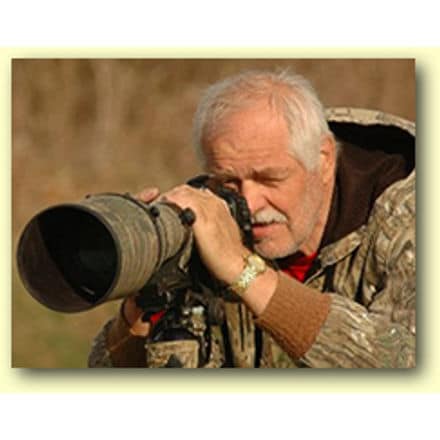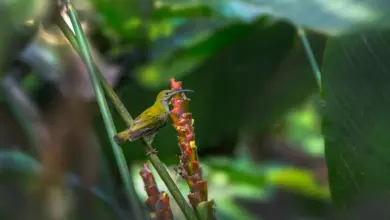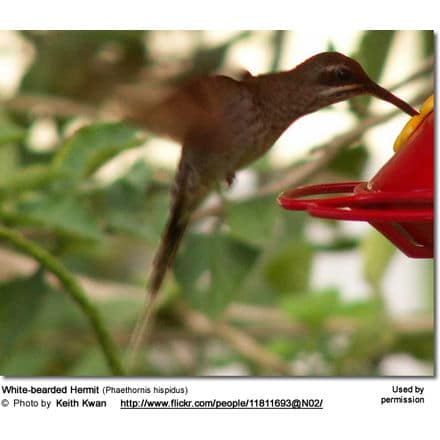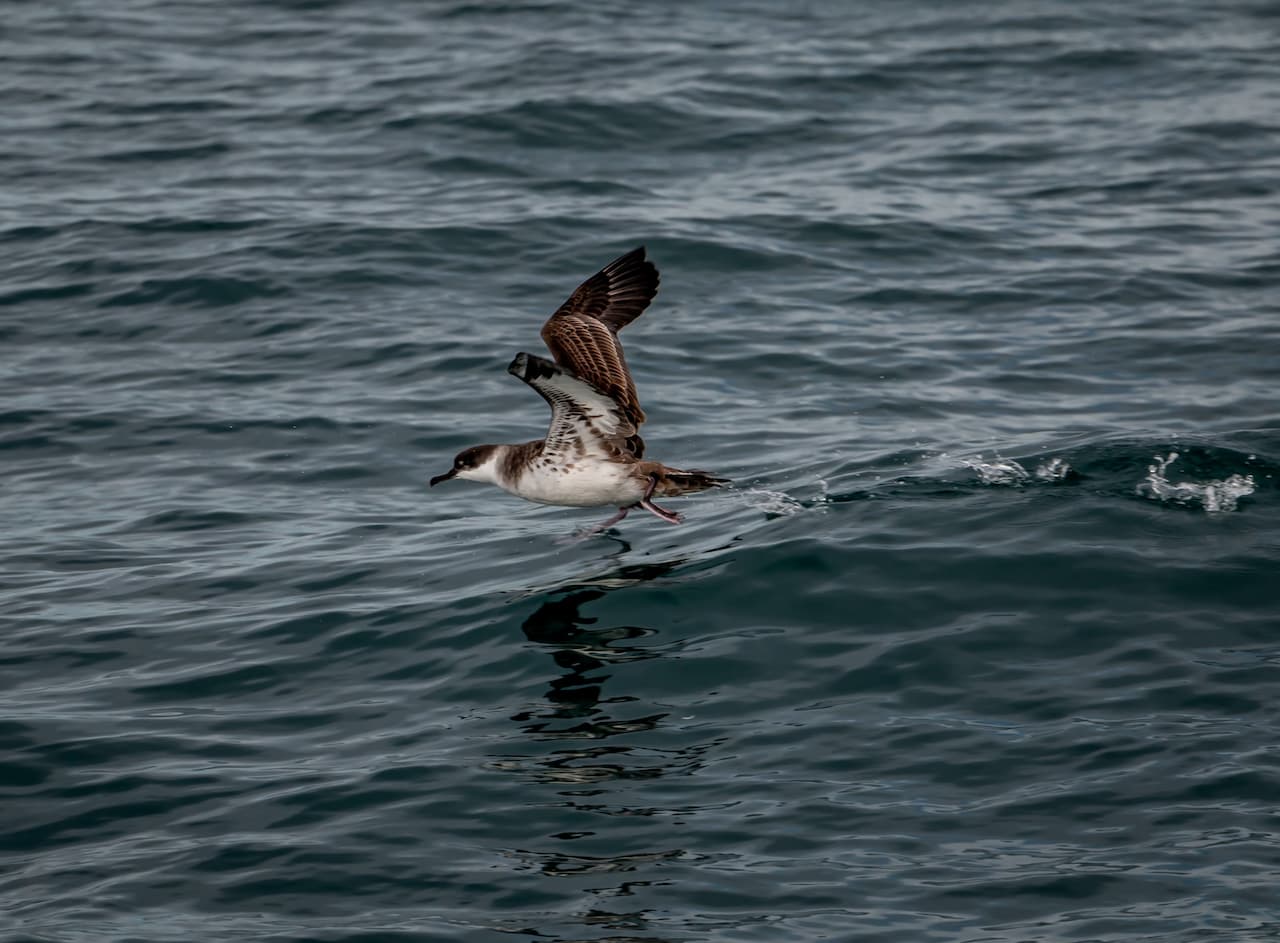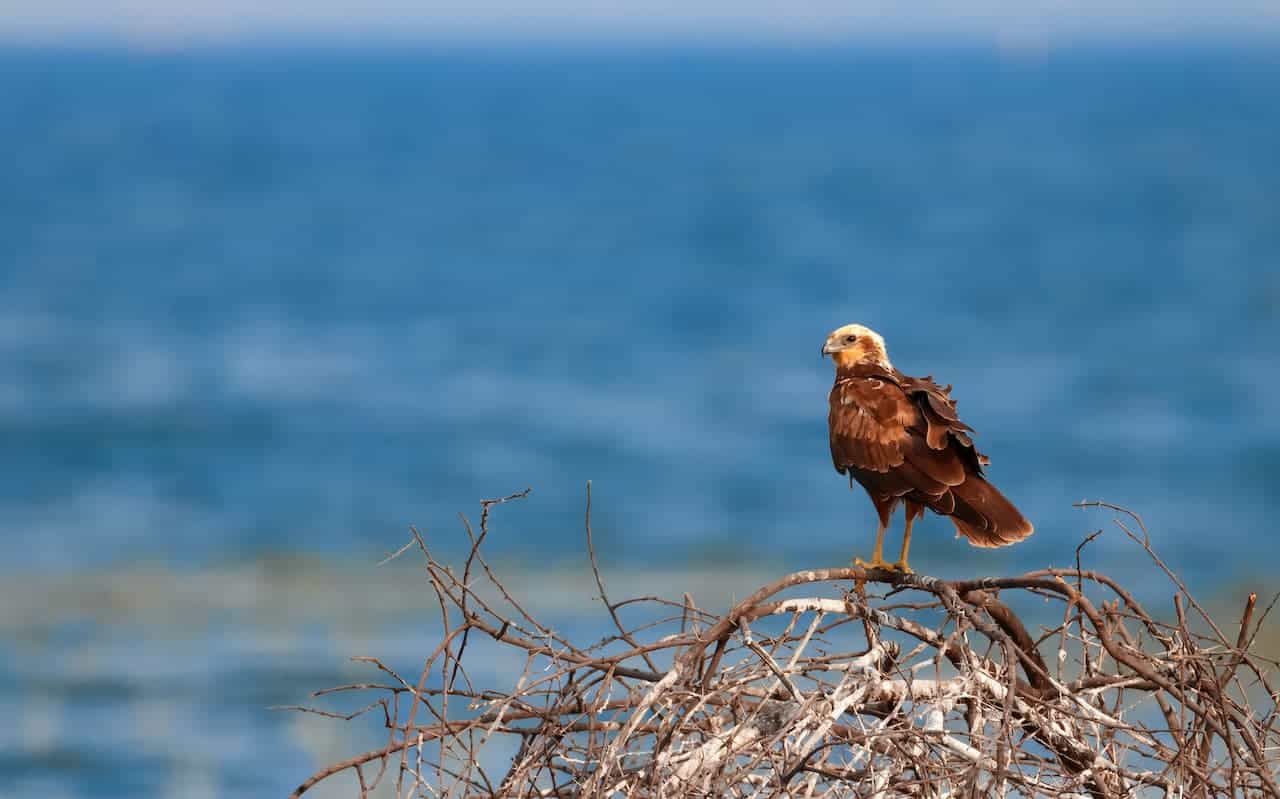Abstracts
When I was in college, I was forced to take an art course. “Study the MASTERS“, I was told, “Learn their style and their expression so you can see the tension in art. Forty years later I am using photography as a creative means whereby the subject tends to dominate the image created. This is true in every photographic form except abstraction.
Abstraction is an attempt to liberate lines, shapes, colors, and sometimes tones from a subject. One has to really train the eye to see abstracts. I have always been better at finding a 10ft by 10ft. piece of the forest floor that contained beauty, so for me to narrow that perspective was easy for me to find some aspect of a landscape……narrow it to an arrangement of colors, or a reference of recognizability that is lacking the usual reference of a perspective of a viewpoint. One has to extract a theme from a chaotic landscape that emphasizes the graphic features that one sees before them. Furthermore, as far as composition goes, there are no conventional rules but instead creating configurations from chaos.
Composition is the strongest way of seeing, however, abstraction is extracting just lines, shapes, and/or color from a landscape. In art, this would be equated to cubism. It is a way of seeing, and if done well presents aspects of a scene that most people would not have seen or thought of.
One is always limited by the real subject, however, in today’s world with Photoshop and other means of editing, one can take almost any image and find abstraction.
-
- the most common way is cropping out the obvious or anything that is recognizable.
-
- work with just clean lines and make them fit into an image more interestingly.
-
- choose a subject matter that contains interesting lines or clean lines.
-
- work with different hues of color, that being delicate pastels or vibrant color saturations.
-
- find scenes in which a few solid colors dominate.
-
- look for scenes of regular patterns. Cracks in mud, sand waves, or bark of trees.
-
- mirror images
- extremes in contrast…views in fog, silhouettes, shadow against highlights…..all of which when altered make for more extreme images.
So the next time you go into the field, instead of representing the landscape that you see, use a different approach and carefully just select parts of it to create images that rely totally on graphics instead of composition. It is challenging and fun, and if one can see abstraction, it also enhances one’s composition skills.

